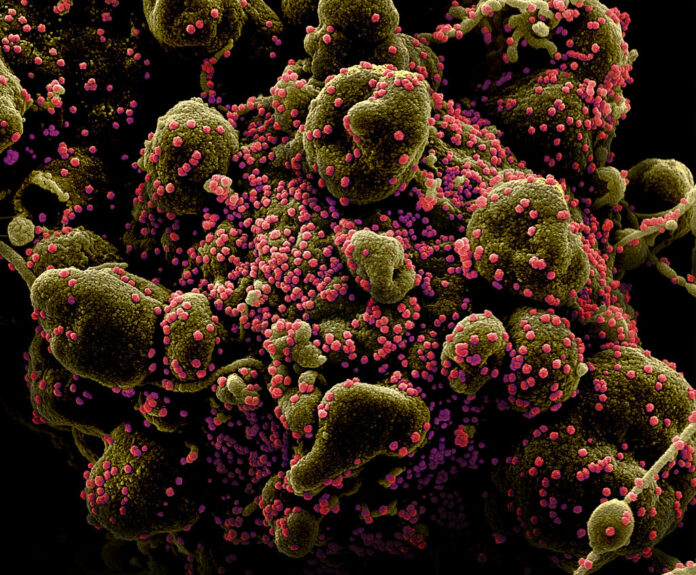In the past few weeks, evidence gathered by scientists from around the world has shown that coronavirus airborne transmission is indeed possible and may be the primary cause of spread indoors.
During the early days of the pandemic, the theory regarding airborne spread was disregarded as there was not enough data to show that the virus can indeed stay in the air and travel a certain distance to infect people.
Now, various studies have indicated that the virus can spread through the air which has led to agencies including the World Health Organization adding the newly accepted way of spread in the list of potential ways coronavirus can spread.
However, most researchers refer to coronavirus airborne transmission through respiratory drops that can be released during sneezing, coughing as well as simple activities such as talking.
Similarly, the vast majority of people also believe that only particles released from the mouth and nose can help in coronavirus spread.
A new study, whose findings appear in the journal Nature Communications, adds to the research on the airborne spread of coronavirus and suggests that coronavirus, as well as other viruses similar to flu, can transmit via respiratory drops and even other particles in the air.
In fact, the scientists noted that such viruses may transmit with fibers, dust, and other microscopic particles in the air.
RELATED: The US Reports 20,000 Coronavirus Deaths in Less than Twenty Days
Previously, researchers have already established that the fomites play a major role in the spread of coronavirus. Fomites are secondary transmitters that usually come into contact with multiple people.
For instance, tables, counters, doorknobs, railings, elevator buttons, ATM machines, can also act as secondary transmitters or fomites.
If one infected person touches any such objects at a workplace or any other public spaces, any other who touches it is likely to get infected unless he or she washes hands right away.
In the new study, the researchers were interested in knowing whether fomites in aerosolized forms can also help in the airborne spread of flu-like viruses including the SARS-CoV-2.
To do so, they examined the possible airborne transmission of influenza between two cages of non-immune guinea pigs and found that the virus was transmitted by fomites including dust particles in the air.
William Ristenpart, who is a professor at the UC Davis Department of Chemical Engineering and one of the leading investigators of the study, explained that “It’s really shocking to most virologists and epidemiologists that airborne dust, rather than expiratory droplets, can carry influenza virus capable of infecting animals,”
“Transmission via dust opens up whole new areas of investigation and has profound implications for how we interpret laboratory experiments as well as epidemiological investigations of outbreaks.” He added.
At the moment, there are still debates in the medical community regarding the spread of flu-like viruses and coronavirus airborne transmission in particular.
However, a number of scientists have emphasized infection without coming into contact with an infected person is possible.
The new findings add further to the theory of aerosolized transmission and highlight the need for further investigation on the spread of SARS-CoV-2.




